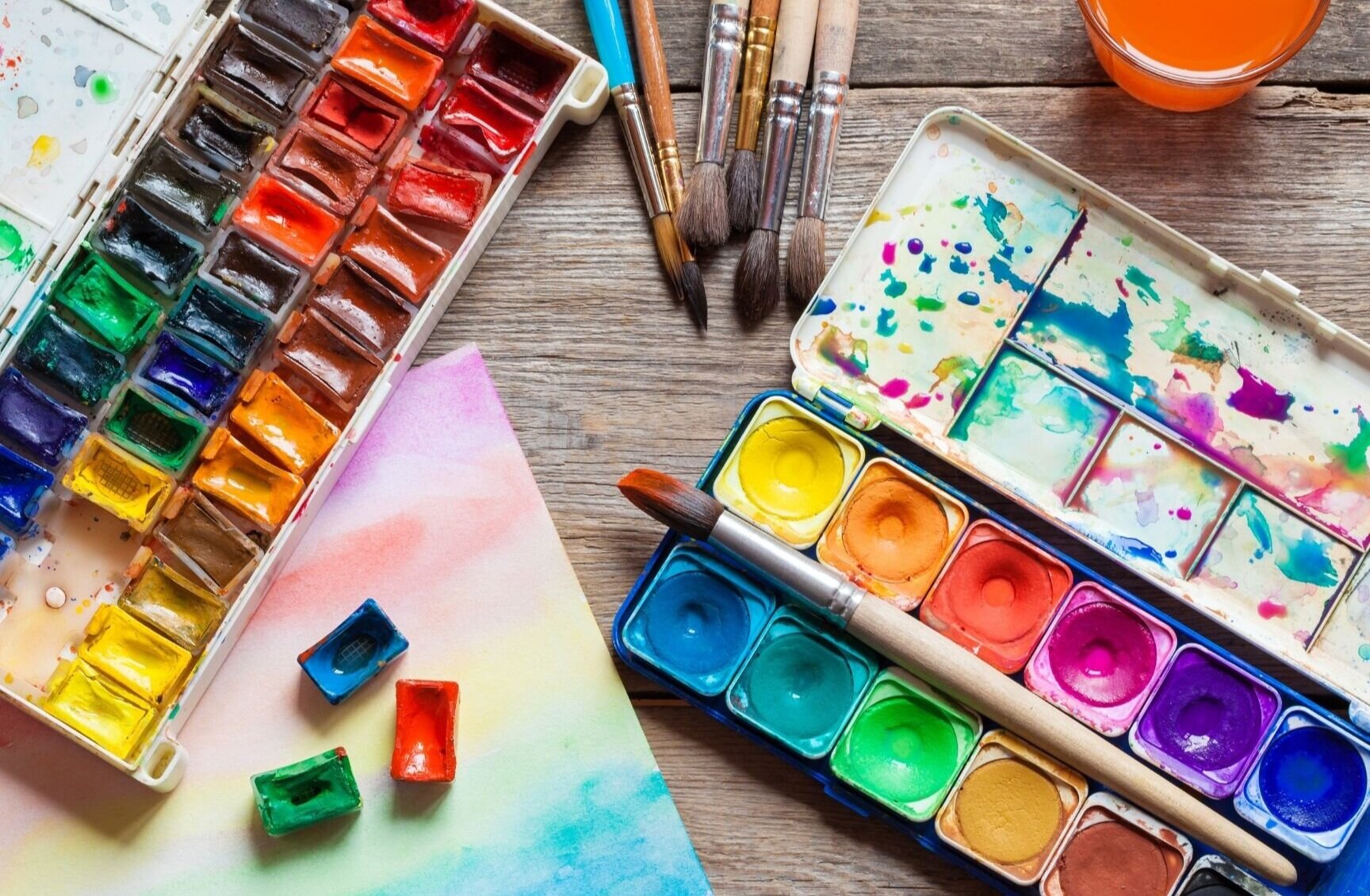Emotional Regulation for Preteens with Anxiety
Here we go again...
Another day filled with your preteen’s emotions exploding like volcanoes, frustrations running high, fighting, so much crying, withdrawing from things they once loved and worried about everything!
I see you here, scrolling through trying to catch a break & just wishing you could find some answers.
Maybe you’ve tried taking your kid to talk therapy, talking to your child’s pediatrician, consulting your child’s teachers and sifting through stacks of parenting books.
And yet, your family is still riding that daily emotional rollercoaster.
So, I totally get that it seems completely unimaginable to bring back peace & joy into your home.
I’ve got some tips for you today that are going to completely CHANGE the way you help your child navigate their emotional and mental health so they can naturally calm their nervous system, build their confidence, and finally bring laughter back into your home again.
With the right tools you can transform your child's emotions so that they feel safe, confident, happy, calm and connected.
In this exclusive toolkit, I’m breaking the barriers from the therapy room walls so that I can fully support you and your family.
This is just the support you need if you want to...
✅ Help your child feel HAPPY, HEALTHY, AND MORE CONFIDENT at school and in their relationships with others.
✅ Learn EFFECTIVE CALMING TOOLS so that you are better equipped to help your child regulate emotions.
✅ Teach your child how to EXPRESS THEIR THOUGHTS & FEELINGS in a healthy way.
✅ SUPPORT YOUR CHILD'S MENTAL HEALTH NATURALLY!
If you're ready to cultivate joy and connection in your family tap the link below to get started.
https://www.kaylahelenske.co/accessnow




